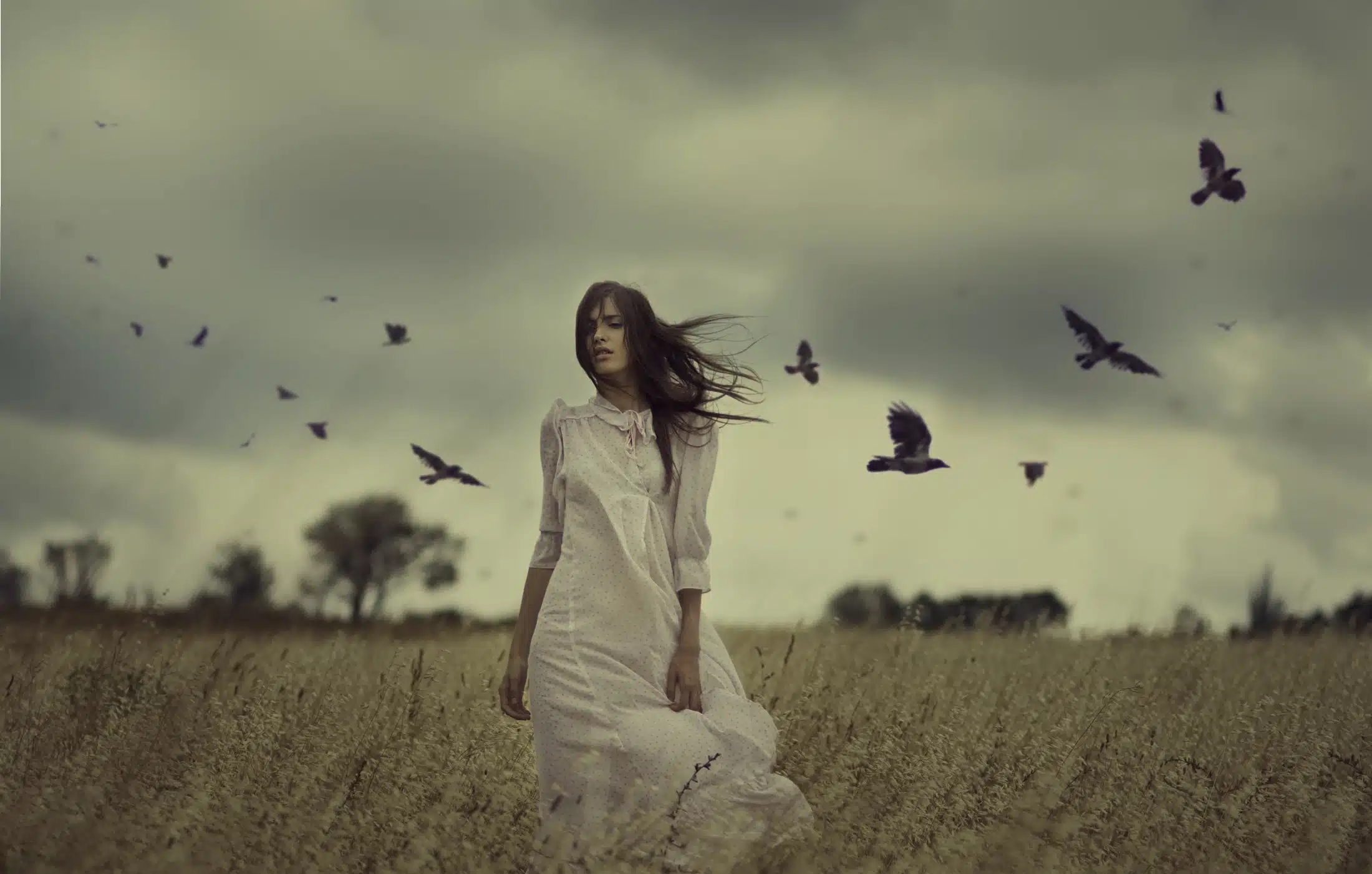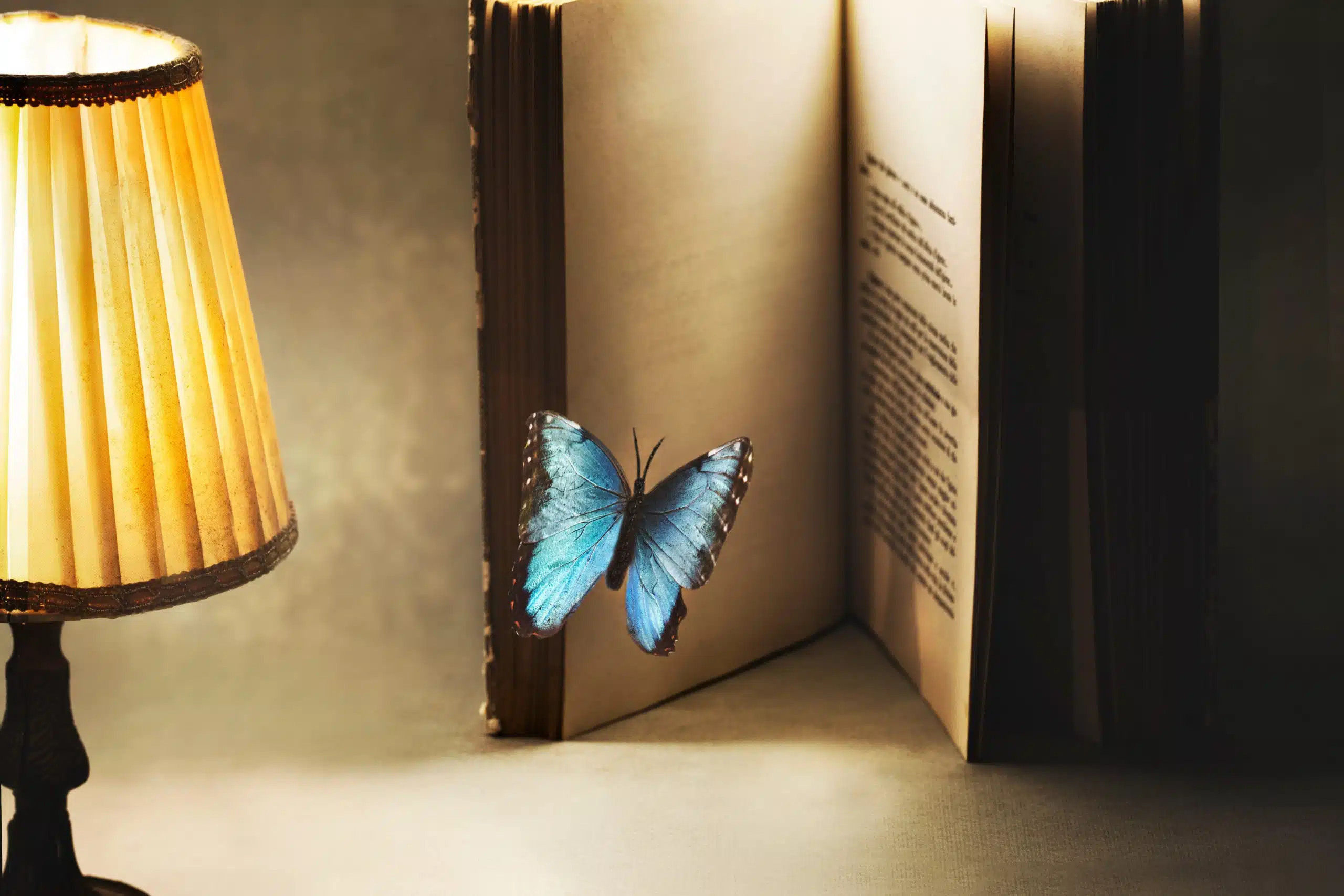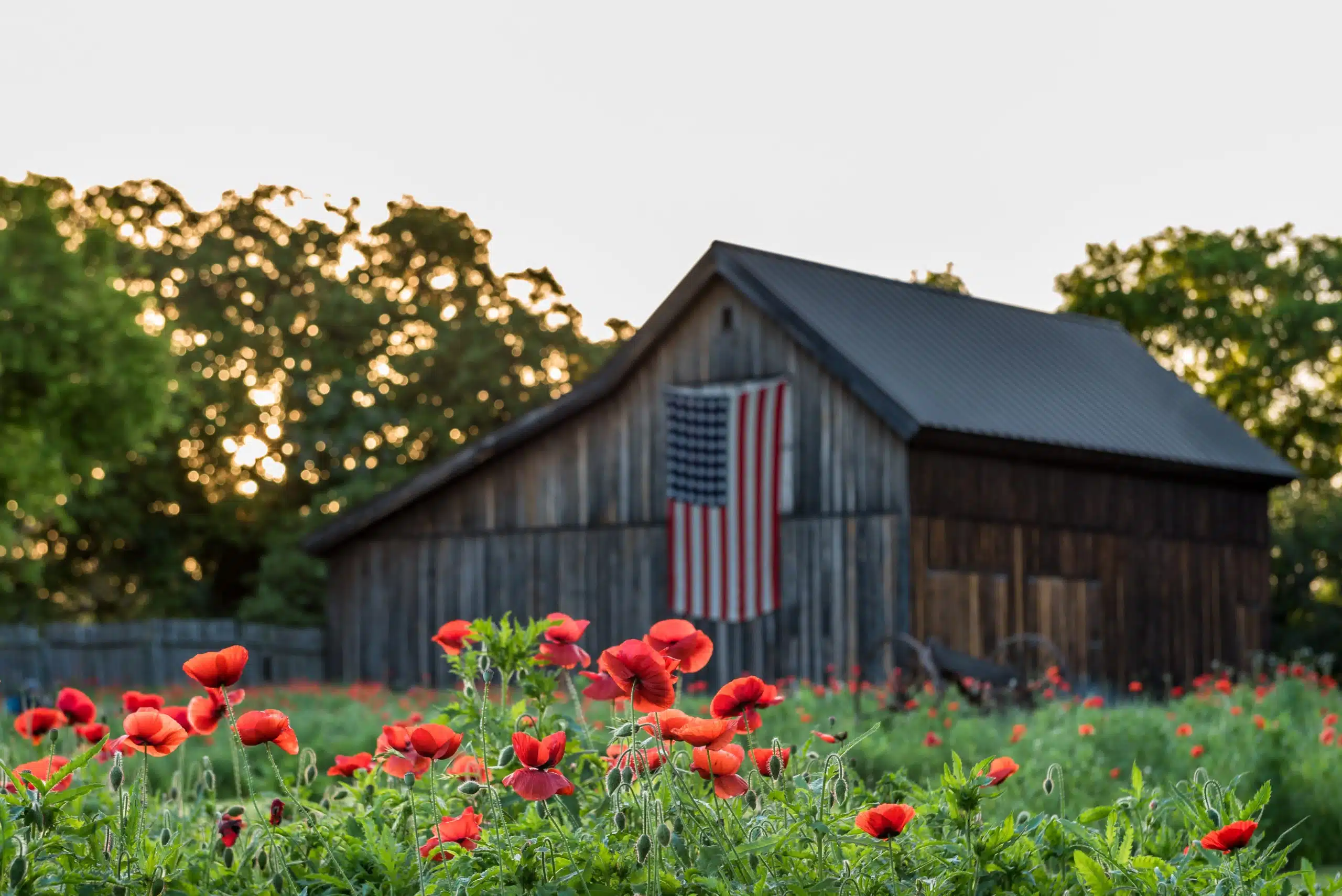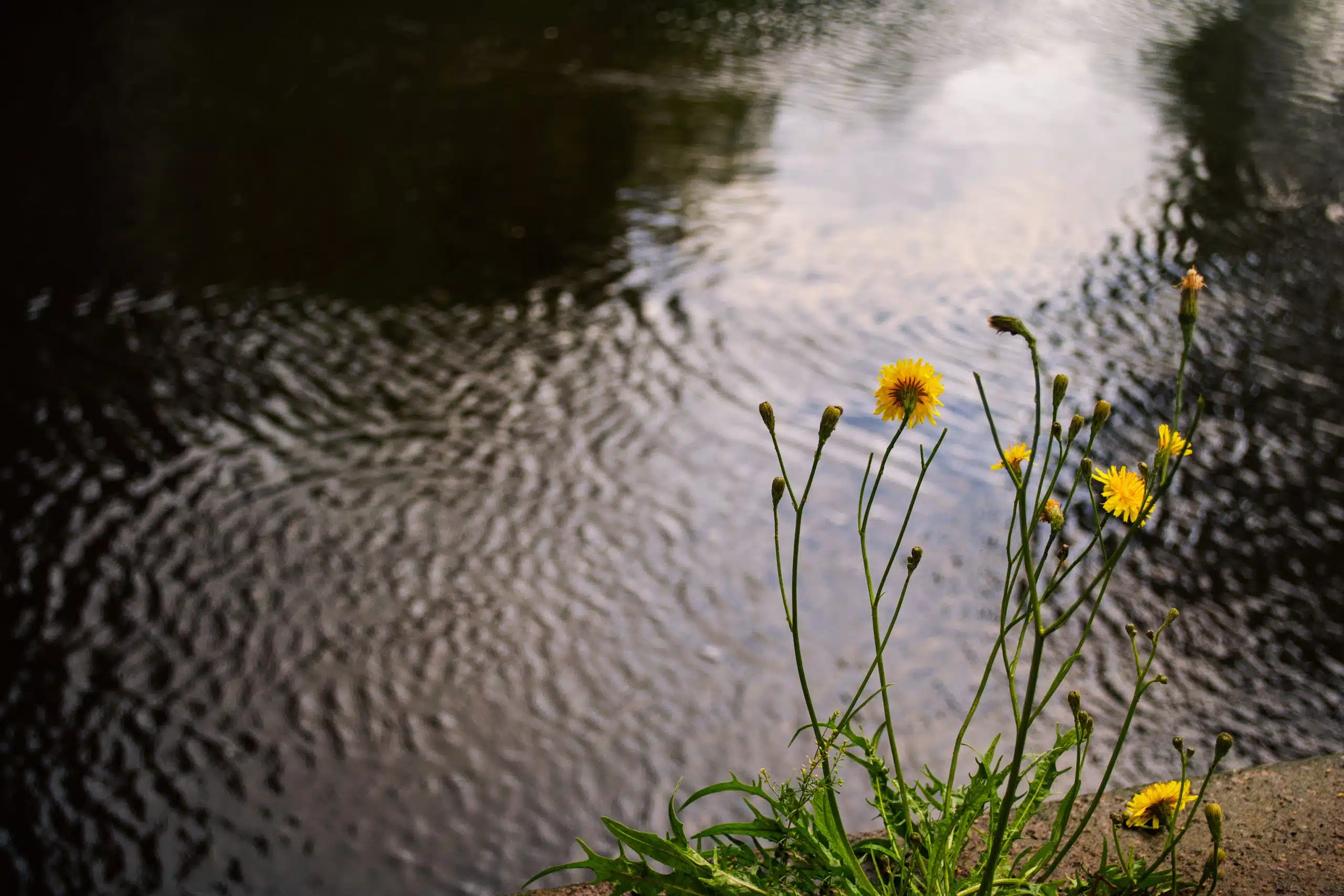Here’s what the Blues poetry form is:
The blues poem is one of the most notable American forms of poetry.
It’s a product of the African-American musical and oral blues tradition.
While blues poems often take on the themes of despair and struggles, they are not necessarily pessimistic-sounding but rather, talk about overcoming those struggles and difficulties with a strong spirit.
So if you want to learn all about the Blues poetry type, then you’ve come to the right place.
Keep reading!
- Hainteny Poetry Form: Ignite Uplifting Tributes
- Kwansaba Poetry Form: Paint Cultural Pride
- Praise Poetry Form: Sow Seeds of Thanks

Forms of Poetry: Blues Poems

Blues poems take on the musical tradition of the blues through the context of poetry.
As such, they typically follow those same heavy and mature themes of sadness, loss, sex, etc.
It should be noted that blues poems are a relatively new form of poetry, having only come into being in the last few centuries.
The most authoritative voice when it comes to the expectations for the form would likely be the late Langston Hughes if we were to go by popularity and influence.
However, this is a poem type that is still developing in the modern era so it may look entirely different fifty years from now.
Basic Properties of Blues

| Rhyme Structure | Varies |
| Meter | Uncommon |
| Origin | 19th-century American slave culture |
| Popularity | Remains popular in America and is enjoying growing popularity in all demographics |
| Theme | Heavy down-to-earth themes, routinely dark but with optimistic subtext |
How Are Blues Poems Structured?

A popular form for blues poems is to have a statement made in the first line that is then expanded on or iterated in the next line before reaching some sort of conclusion in the third line, often utilizing irony.
The third line will traditionally rhyme with the first, but this is ultimately optional.
There are also examples in which the first two lines rhyme with each other and the third rhymes with neither.
Regardless of the rhyme scheme, the main takeaway is that rhyme is generally expected.
Blues poems can be of any length.
If following the traditional form, then they will naturally end up being a multiple of three lines, but many poems have been categorized as blues poems strictly for their content, tone, and mood.
The most prevalent feature of a blues poem is not its formal structure, so much as its theme.
Blues poems tend to stay close to the messages that the blues are known for in music, so dark themes such as loss of control and failed love lives are popular topics.
It should be noted, however, that the value of the blues is not in simply reciting the depression of the artist, but in proving that these struggles have value and can be overcome through determination.
The grit and willpower of the speaker should shine through, as the overall message of the blues tends to be the power of the individual to overcome a tough time.
Another classic trait of blues poems is that they are very down-to-earth.
A blues poem will not usually be about some lofty, philosophical set of ideals and will instead focus on the here and now.
Real problems that impact a person’s quality of life are prioritized and treated as the central focus.
Blues poems will not usually shy away from controversial topics or profanity, though this depends on the sensibilities of the poet.
The focus is on sincerity above all else, so it isn’t unheard of for the form to scream straight from the heart and let the chips fall where they may.
Example of a Blues Poem

I, Too by Langston Hughes
I, too, sing America.
I am the darker brother.
They send me to eat in the kitchen
When company comes,
But I laugh,
And eat well,
And grow strong.
Tomorrow,
I’ll be at the table
When company comes.
Nobody’ll dare
Say to me,
“Eat in the kitchen,”
Then.
Besides,
They’ll see how beautiful I am
And be ashamed—
I, too, am America.

The first thing you’ll notice about the above example is that it foregoes the structure mentioned earlier in the section.
It’s important to make the mental distinction that traditions in poetry are often optional.
Poetry is not a science or a procedure.
It’s an art.
Breaking the rules is just as important as following them once you know how to do it properly.
Looking closer, you’ll see that the spirit of a blues poem is completely intact.
Each stanza features a slight turn that gradually leads the poem toward optimism, much like the last line of a traditional blues tercet.
Just because the three-line stanza isn’t overtly present doesn’t mean that its influence isn’t felt in the poem.
Of course, the difference between when you should and should not break the rules comes down to prior knowledge.
Even without knowing that the poet was Hughes, you could discern from the presence of the dramatic turns and the simple blunt language that this poem comes from someone who respects and understands the traditions of blues poetry.
History of Blues Poems

Like blues music, blues poems got their start with African Americans during the slavery era of the 19th century.
These early poems were recited by slaves working the fields, with the last line meant as an answer from one person to another.
It should be noted that these early blues poems were also improv poetry, which the speakers would make up as they went along.
This may have been part of what led to the use of wit and sarcasm as staples of the form, as these are traits more commonly seen in natural speech than in formal writing.
Langston Hughes (1902-1967) was the biggest name in the history of blues poetry and is credited with bringing the form over into literature.
Hughes was seen as a leader of the Harlem Renaissance and his influence can be felt throughout much of African American literature, having written in many different forms and styles that are still prevalent today.
Tips for Writing a Blues Poem

In order to write a blues poem, you have to have a very real and very intimate struggle in your life that you can turn to for inspiration.
It would be hard to inspire someone by writing a poem about how you were forced to wait in line at Victoria’s Secret. You need real struggles.
Understanding the depths of the hardships of others can be a good point of reference if you’re unsure.
Immerse yourself in blues poetry and blues music. Listen for the messages that speak to you and think about how you would answer them.
A blues poem is a reciprocation, in some respects.
It is an understanding that your hardships are part of the legacy of humankind, and that they are interwoven with the hardships of others.
But most importantly, a blues poem is a declaration of strength.
It says in no uncertain terms that the speaker will continue to represent what a human being should be and can be, even in dark times.
Just remember that you absolutely must respect the gravity of the form.
The best blues poems are written with a sense of responsibility and duty as if to provide an example for others to follow.
Write blues as a father or a mother or a sister or a brother, but always make sure your poem has something important to say that resonates in the hearts of others.
Poet’s Note

I’m still waiting for this one to inspire a sister genre called the “Smooth Jazz Poem.”
Saxophone solos would be mandatory, naturally.
Comprehensive Collection of Poetry Forms: Craft Words Into Art

Dare to traverse the entire spectrum of poetic forms, from the commonplace to the extraordinary?
Venture from the quintessential Sonnet to the elusive Mistress Bradstreet stanza, right through to the daunting complexity of Cro Cumaisc Etir Casbairdni Ocus Lethrannaigecht.
For those with a zeal to encounter the full breadth of poetry’s forms, this invitation is yours.
Start exploring the vast universe of poetic ingenuity with our comprehensive array of poetry forms right now!
